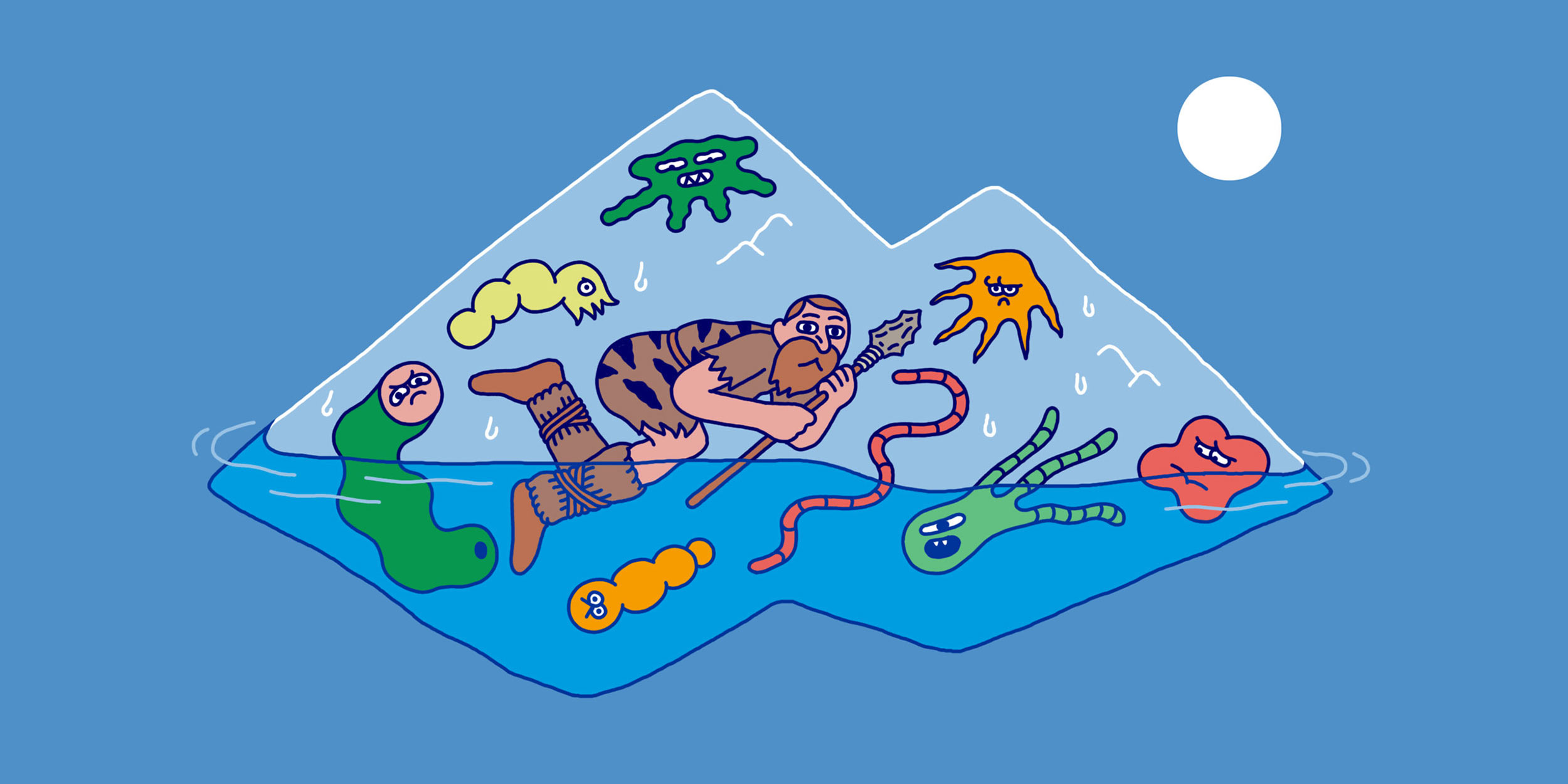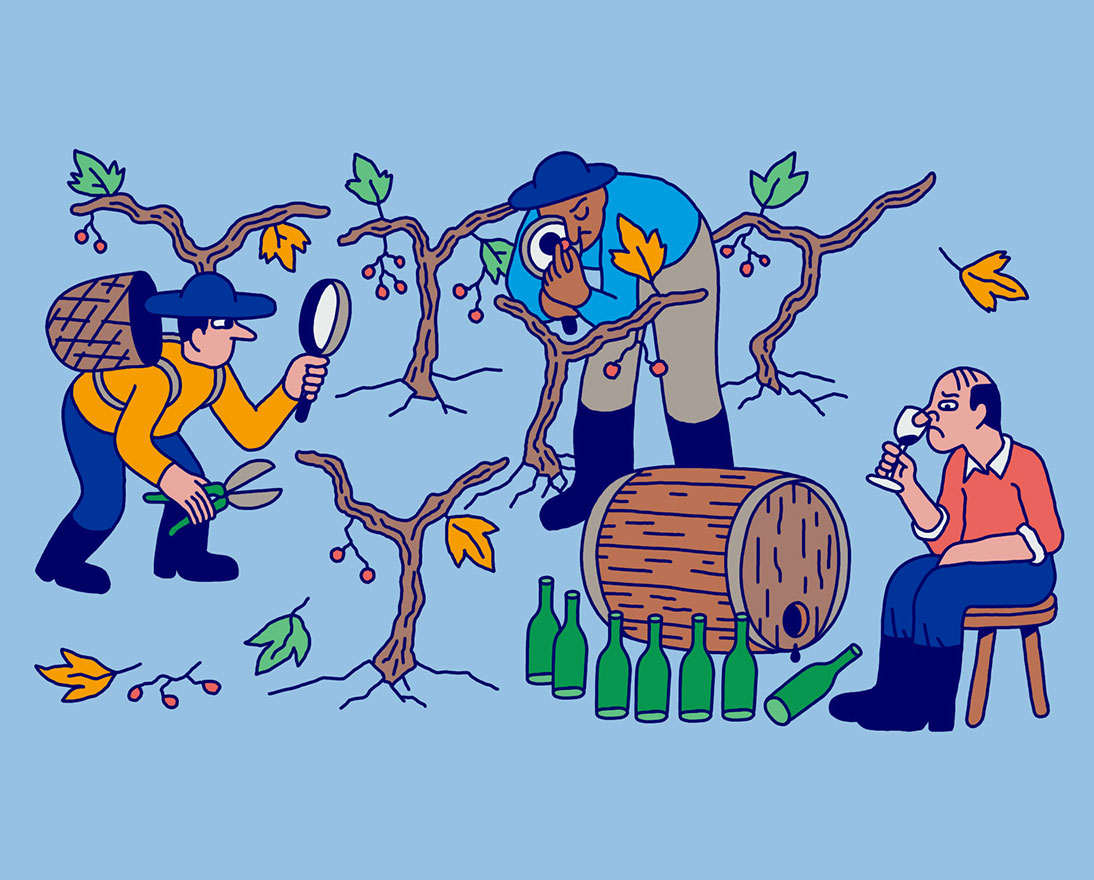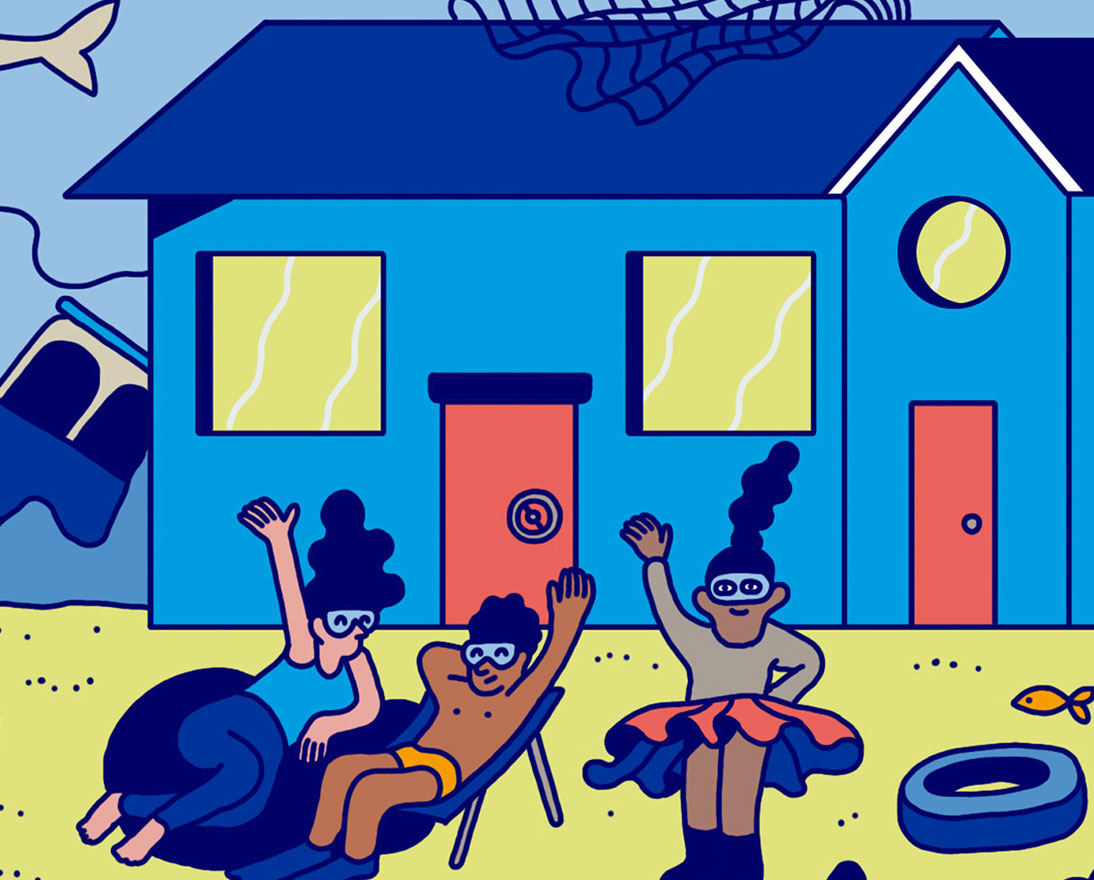Could climate change unleash the next pandemic?
SustainabilityVideoSeptember 16, 20205 min read
Zurich is working together with VICE to look at some of the ways climate change could impact our lives in the future.
Future pandemics could be driven by climate change and the increasing loss of biodiversity, warns the World Economic Forum’s May 2020 COVID-19 Risks Outlook. Melting permafrost at the planet’s poles is releasing ancient viruses trapped in the frozen ground and scientists are concerned such viruses could cause large-scale disease outbreaks in the future. Declining biodiversity and the loss of wildlife habitats are also big factors behind the spread of zoonotic diseases, which are transmitted from animals to humans, such as coronavirus.
Frozen ground called permafrost is now thawing rapidly as a result of global warming. When this happens it releases methane and carbon dioxide into the atmosphere, which then speeds up global warming, making all of this exponentially worse, as methane is about 30 times more potent than CO2 as a heat-trapping gas.. Permafrost also contains thousands of years of life, from the bodies of human beings who lived close to the poles to woolly mammoths who died thousands of years ago, all frozen at the moments they died, some with the viruses that killed them still inside them.
Scientists have been able to completely sequence the virus responsible for the 1918 influenza pandemic — which killed an estimated 50 million people worldwide — after finding it in bodies exhumed from a mass grave in an Alaskan village that had been devastated by the flu pandemic. The viruses held in these bodies were dead and didn’t pose a threat but there are worries other viruses could be released by permafrost thawing which could return to life and start to spread again.
In 2014 an ancient virus called Pithovirus sibericum was found in the Siberian permafrost and came back to life after it thawed. The virus had been held in the ground for over 30,000 years but luckily did not pose a threat to humans or animals. But this doesn’t mean permafrost thawing is free of deadly effects. Elsewhere in Russia, a 12-year-old boy was killed and at least 20 people were hospitalised in August 2016 after being infected by the deadly anthrax bacteria. It is believed they were infected after the carcass of a reindeer, killed by the bacteria, thawed after being trapped in permafrost for 75 years.
While thawing permafrost is a serious problem, we don’t really need to worry about that being the source of future pandemics, according to John Scott, head of sustainability risk for Zurich Insurance Group (Zurich). Scott told VICE: “I think the viruses and the impact of thawing permafrost on future pandemics isn't such a big risk. There are other risks which are much more important such as the zoonotic transfer of diseases, in other words, viruses transferring from animals to humans.” Some of the drivers which are increasing the risk of zoonotic transfers of diseases are the same things that are driving the loss of biodiversity.
The destruction of wildlife habitats caused by deforestation and agricultural and urban expansion is bringing humans and animals closer together, increasing the risk of zoonotic diseases spreading to new hosts. Inger Andersen, executive director of the United Nations Environment Programme (UNEP), says: “Never before have so many opportunities existed for pathogens to pass from wild and domestic animals to people. Our erosion of wild spaces has brought us uncomfortably close to animals and plants that harbour diseases.”
On average a new infectious disease emerges in humans every four months and 75% of these come from animals according to the UNEP’s Frontiers 2016 Report on Emerging Issues of Environment Concern. One of these was the coronavirus.
Declining biodiversity doesn’t just increase the risk of pandemics spreading, it also decreases our risk of containing them once they’ve started because of how much we rely on nature to produce medicines. Zurich’s Scott says: “The natural biosphere is actually the source of a lot of materials that may be natural medicines that we rely on and don't even think about and they’re deep in the supply chain of many pharmaceutical products. That's a bit of a surprise to people because they think all this stuff somehow magically appears from a factory and they don’t really think about where the raw materials come from.”
If humanity is going to limit the risk of future pandemics and infectious disease outbreaks, we need to be taking climate change and biodiversity loss seriously. Stopping permafrost from melting doesn’t just reduce the risk of an ancient virus being unleashed, the thawing is releasing methane which exacerbates climate change. The economic recovery from coronavirus can’t mean that we start to ignore the damage being caused to the planet.


